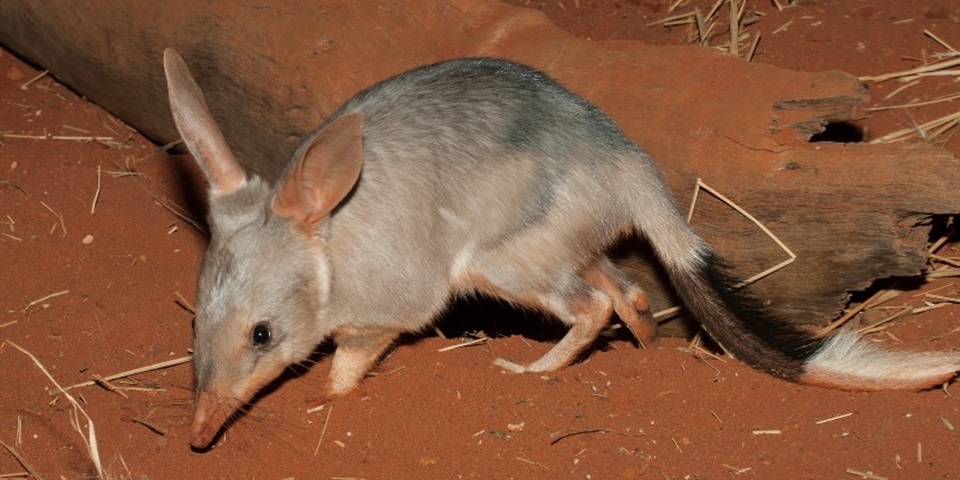News
Oldest found bilby named after Murdoch researcher

Dr Natalie Warburton from the Harry Butler Institute, has been honoured as a namesake to a new species of marsupial that has been identified as the oldest bilby fossil ever recorded.
Found by US researchers from central Australia in the 1980s and 1990s, Western Australian Museum scientist Dr Kenny Travouillon recently discovered the fossils to be over 24.9 million years old.
They’re known to be the oldest known evidence of bilbies from the bandicoot family tree, representing a new genus and species. The previous record was 10 million years old.
The fossils were named Bulbadon warburtonae after Dr Warburton for her ongoing research on marsupial anatomy and palaeontology. The generic name combines ‘bulba’ meaning ‘bulbous’, and ‘don’ meaning tooth, referring to the bulbous premolars.
The fossil confirms that bilbies evolved around 30 million years ago and have become more adapted to arid environments since that time.
Dr Warburton said that she’s humbled to receive such a prestigious honour.
In zoology and palaeontology, it is just about the most significant way you can be acknowledged by your peers.
“It is not something you can apply for or ask for. It’s something you hope for, that by the end of your career, your peers will think your contribution to the field is worthy of recognition.
“I’m thrilled and very excited!”
The bilby fossils fill in the gaps of the documented history of these enigmatic marsupials, that are elusive when it comes to fossil records.
Dr Warburton said that discoveries like this are important because they provide vital information on past ecosystems and climate change.
“It is only through understanding the history of how various groups and species of animals evolved that we can begin to understand the intricate nature of how ecosystems function and change through time.”
“These sorts of learnings can then be used to predict what will happen to animals and ecosystems as environments continue to change. At no time in history was that more important than now, with all of the pressure that human societies are putting on the environment.”
“The discovery of tree-climbing kangaroos on the Nullarbor tells us that the environment at that time was really different to what it is today, and perhaps not what we expected.”
“It’s an exciting example of the changing environments of Australia through time.”
Dr Warburton completed her PhD in 2004 and has been working on fossil marsupials since then, primarily how marsupial systems have evolved and adapted over time.
She said she loves her work, and the new and exciting discoveries to be made with every new fossil discovery.
“Sometimes animals turn up with really bizarre anatomy that is unlike anything we expected, and that is amazing to be a part of – seeing things that no-one has ever seen before!
“I hope to be able to continue to make contributions to our scientific understanding of our natural world, and to be able to generate excitement within the broader community to be engaged with science, because it is both really interesting and very important.”
This research supports the United Nations Sustainable Development Goal 15 to protect, restore and promote sustainable use of terrestrial ecosystems, sustainably manage forests, combat desertification, and halt and reverse land degradation and halt biodiversity loss.
For research news delivered to your inbox, sign up to our monthly newsletter.